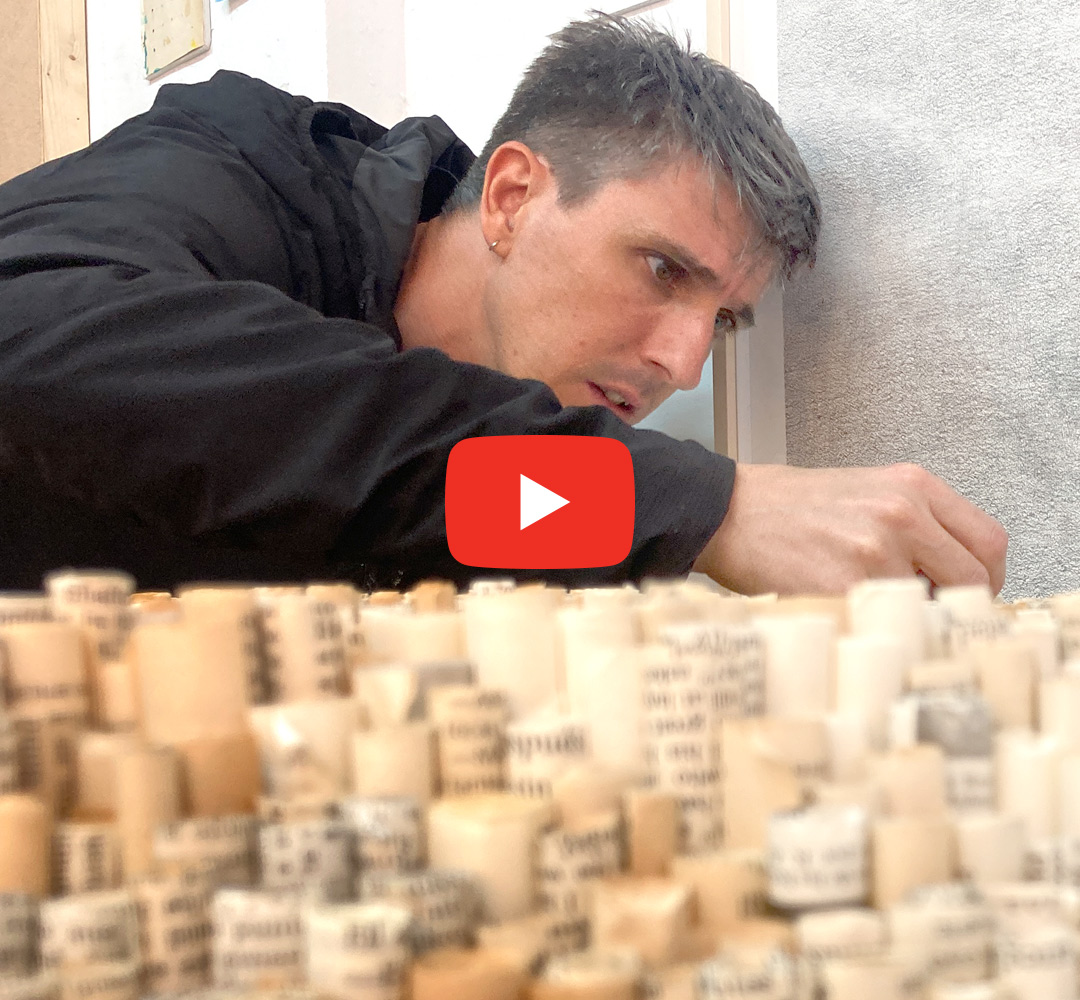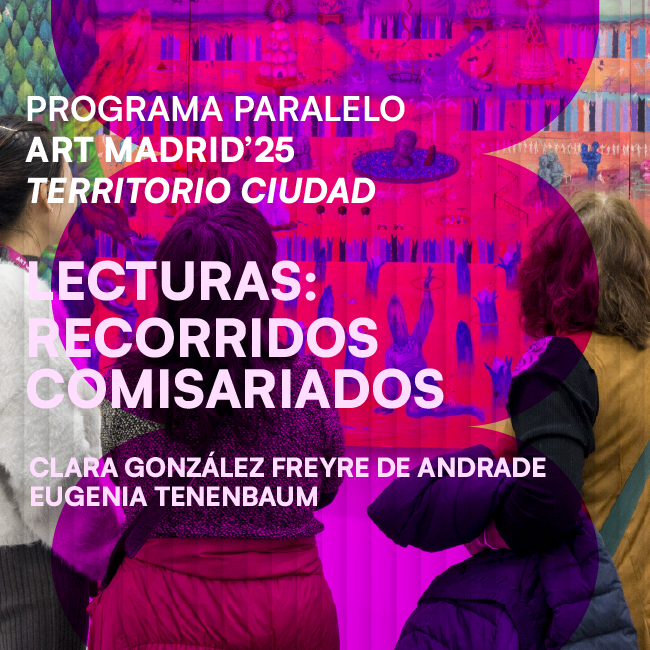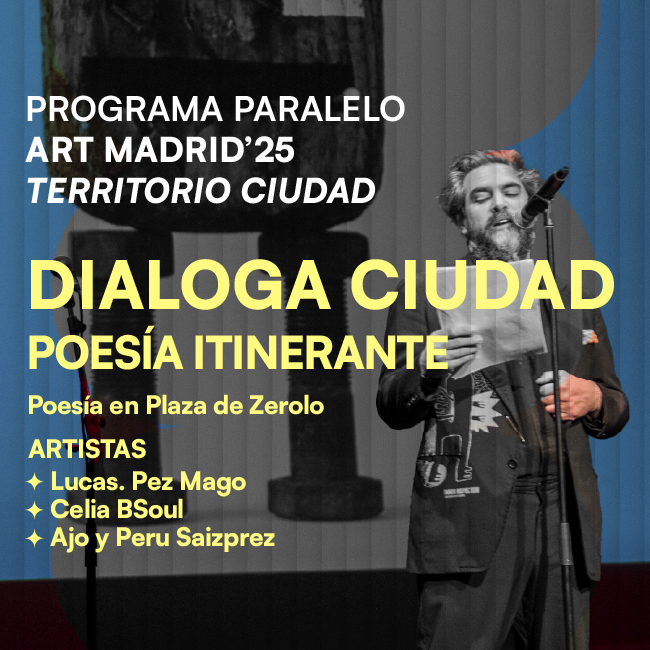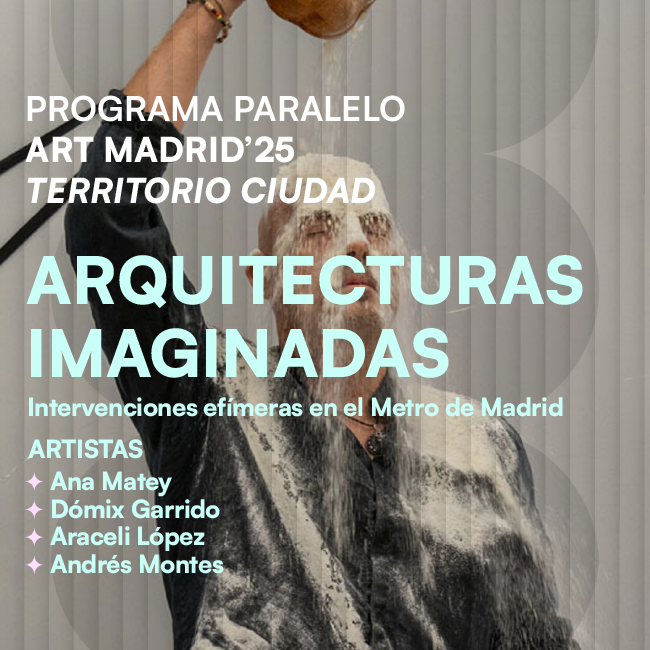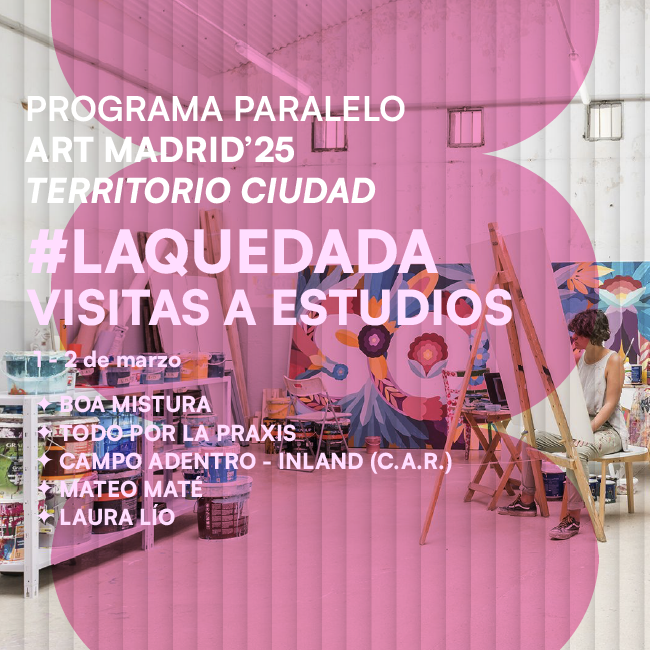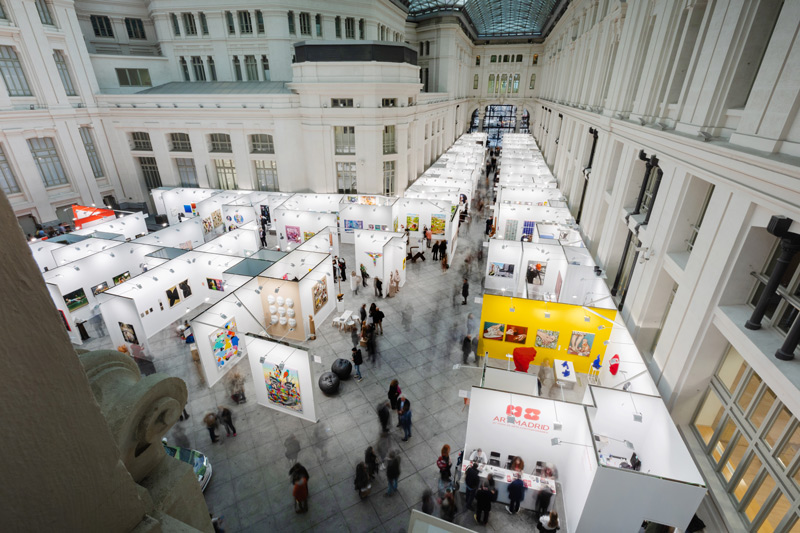AURELIO SAN PEDRO: LANDSCAPES OSCILLATING BETWEEN LIGHT AND SHADOW
Feb 4, 2025
art madrid

CONVERSATIONS WITH MARISOL SALANOVA. INTERVIEW PROGRAM. ART MADRID'25
Aurelio San Pedro (Barcelona, 1983) draws with great delicacy, focusing his attention on natural settings and favoring black and white. Memory plays a crucial role in his creative process, which is based on treating recollection as a means of artistic expression. His background in engineering and topography influences his search for inspiring images, helping him select the ideal landscapes—ones that stem from both real and imagined places.
Each of his pieces follows a slow and meticulous process, requiring deep introspection. Paper is almost a fetish for him; both the areas he chooses to intervene in and those he leaves blank hold equal importance. He navigates between abstraction and figuration while maintaining a distinctive and deeply resonant style.

What role does experimentation play in your creative process?
Experimentation is fundamental in my creative process, both conceptually and aesthetically. My work evolves in parallel with unfolding events, gradually shaping what will become the final piece. However, in terms of production, the role of experimentation depends heavily on the series I am working on at the time.
For example, in the Books series, which is created using book fragments, three-dimensionality is essential. While working on it, I encountered trial and error, residue, simplification, and the streamlining of processes.
In contrast, when it comes to drawings, physical experimentation is much less pronounced. However, there are still discoveries, searches for tools, trials, and shifts within the working process. For instance, in Landscapes, I use a pencil with three extenders that measures about fifty to sixty centimeters. In my two latest series, Iceland and Nature, I had to learn how to move and position myself within nature, while also refining my drawing technique significantly.
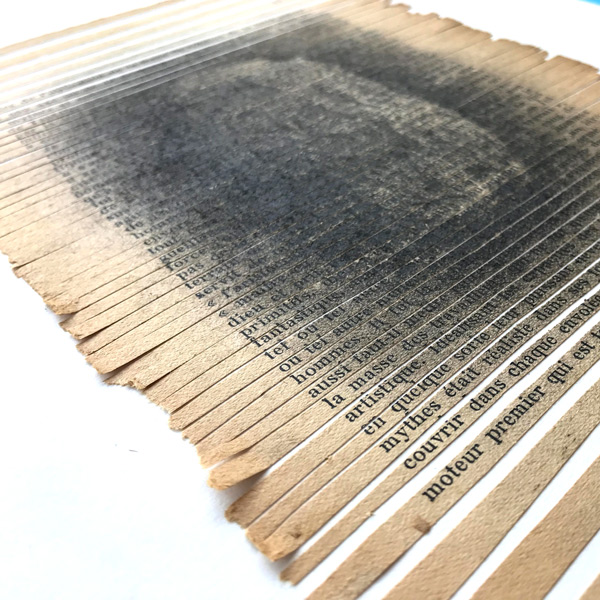
What are your references?
I cannot pinpoint specific aesthetic influences, but I can mention those who have left a mark on my artistic journey. First and foremost, my father, due to his connection with art and architecture. I also had the privilege of learning for a year in the studio of Antoni Marqués, a renowned Catalan artist.
Historically, the works of Magritte and Joseph Kosuth have had a profound influence on me. Formally, I find a certain connection with Arte Povera, and I identify with minimalism.
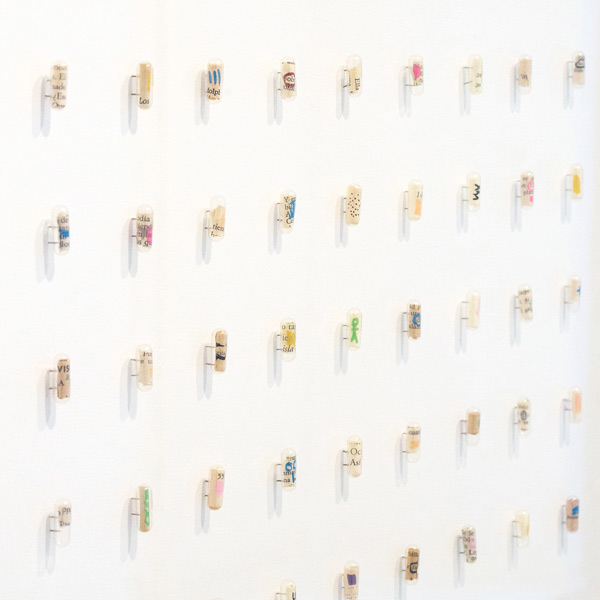
How do memory and recollection influence your drawings?
Much of my work, if not all, is rooted in memory. I began with the Diane series, a collection of pencil drawings based on old photographs by Diane Arbus. In these drawings, I removed the main subjects, leaving only the backgrounds. They were complemented by diptychs that included descriptions of the absent characters, the location where the photograph was taken, and the year. This approach created a dialogue between presence and absence, exploring themes of memory and recollection.
Later, I worked on Landscapes, a much more ethereal series in which I sought to represent an idealized and undefined image through personal memory. Currently, I am developing Nature and Iceland, projects that reflect on natural memory in relation to the landscape’s own form.
I am interested in posing questions such as: How did this rock end up here? How was this meandering river formed? A simple landscape holds countless traces and processes. For me, that is the essence of memory in my work.
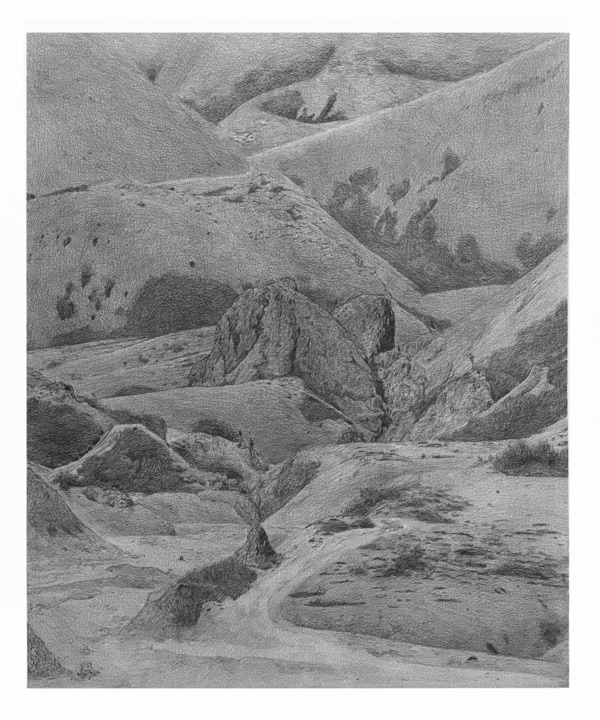
How long does it take you to complete your works?
The time I dedicate to each piece depends mainly on its complexity and specific characteristics. Generally, I spend between two and four weeks on each piece, with an average of about three weeks. This varies, as some works require more time for reflection, adjustments, or details, while others emerge more fluidly. The diversity of the creative process is what makes the difference, each piece has its own demands and rhythms, making every artistic experience unique.
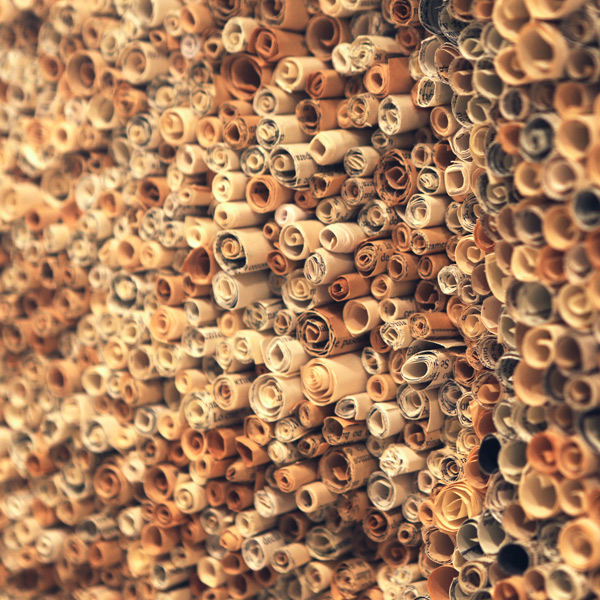
Why do you choose to work in black and white?
I am deeply drawn to black and white for its timelessness. This visual approach not only eliminates distractions but also removes certain details that might diminish the work’s mystery, allowing the viewer to focus on the essential. The absence of color and the diffuse light I use contribute to a sense of distortion and vagueness, which, to me, enhances the enigmatic nature of the image.
By omitting volume and color, I create an atmosphere that invites interpretation, leaving room for the viewer to project their own narrative onto what they see. This quality of uncertainty and suggestion is what I find so powerful about working in black and white.


